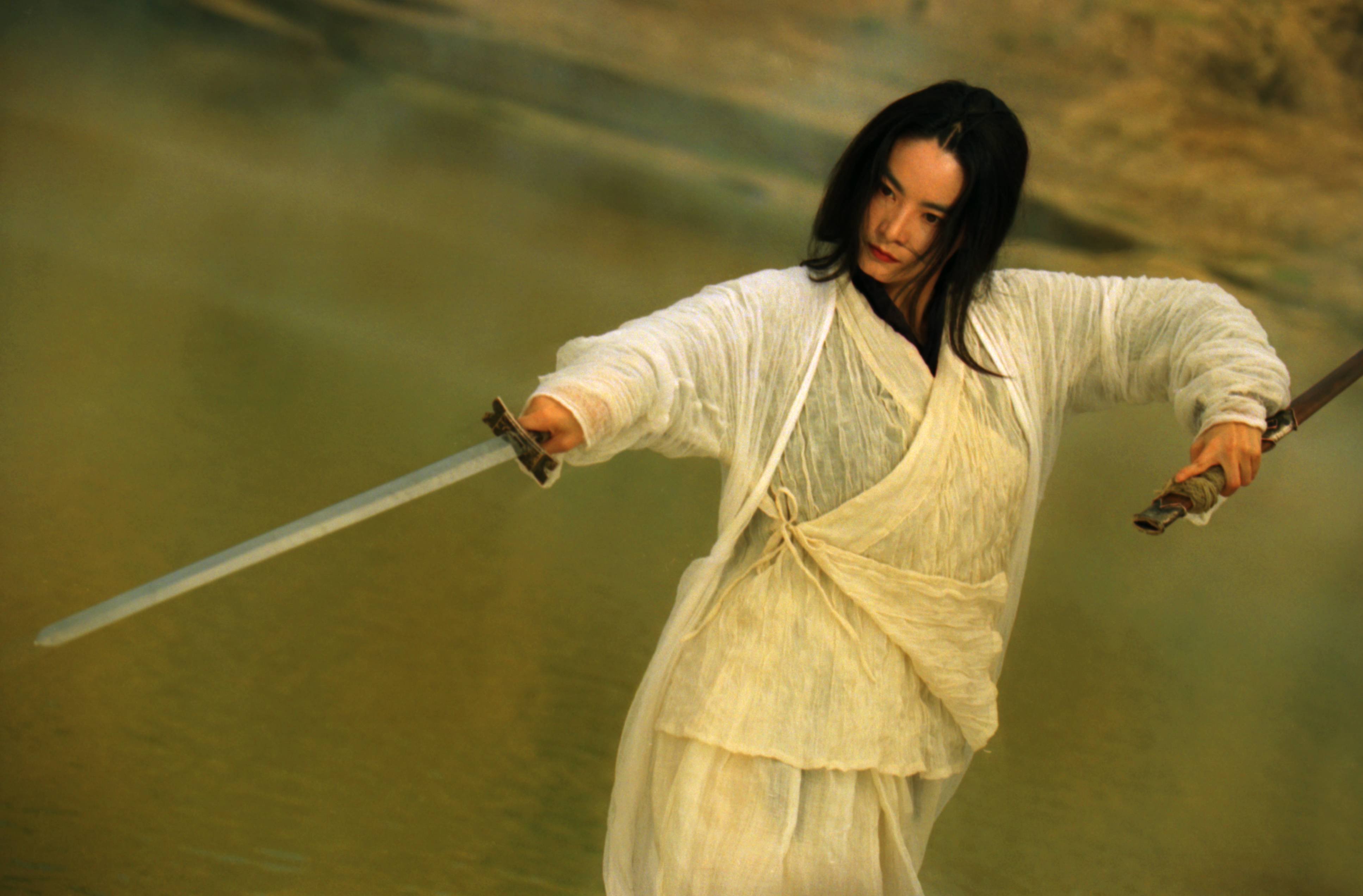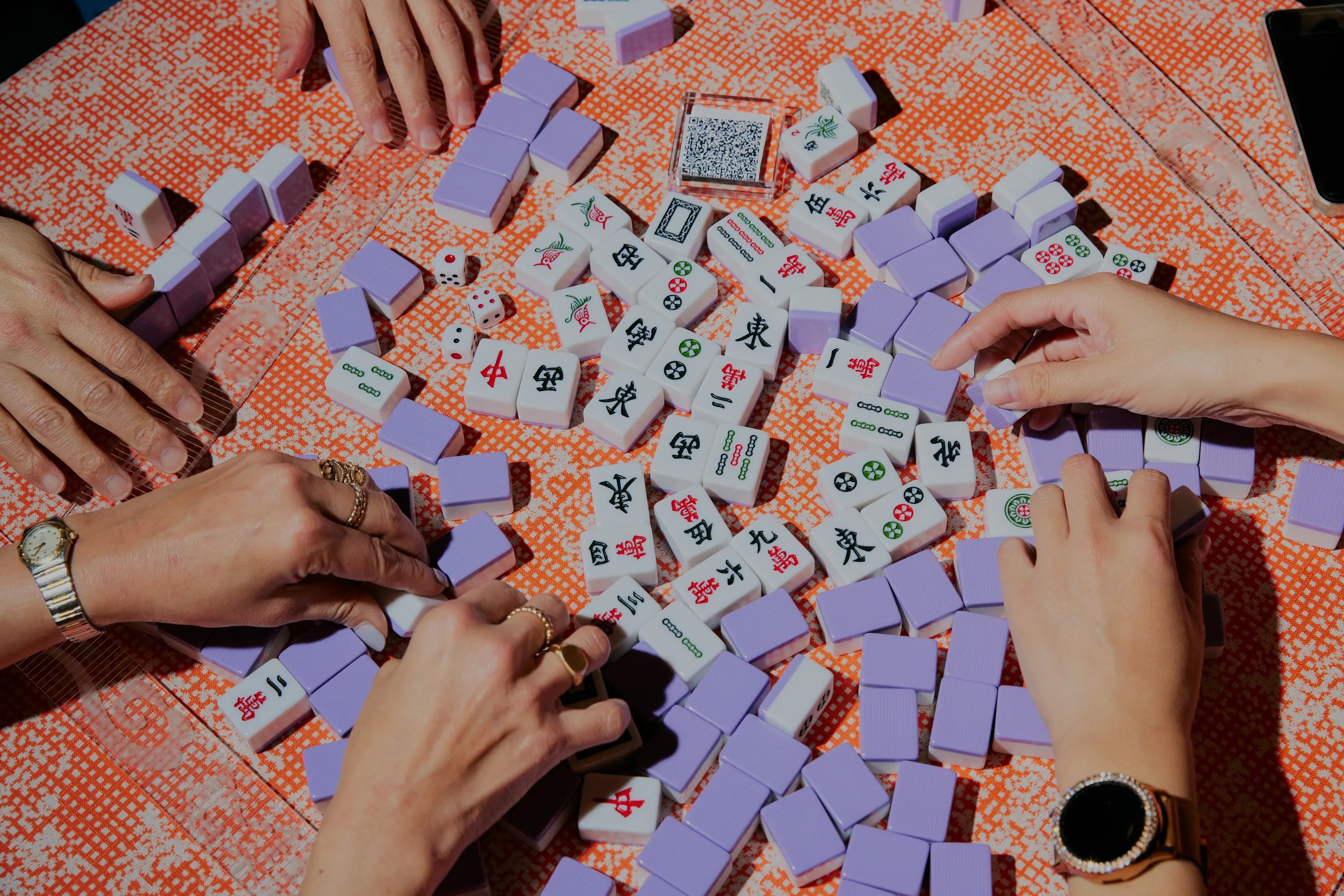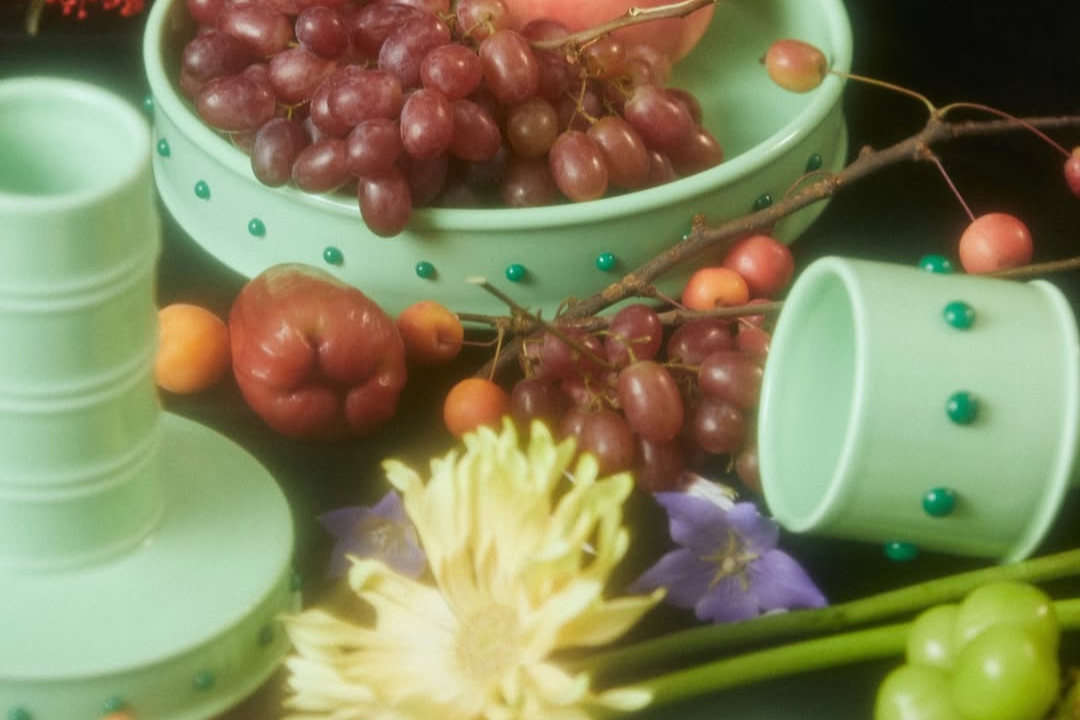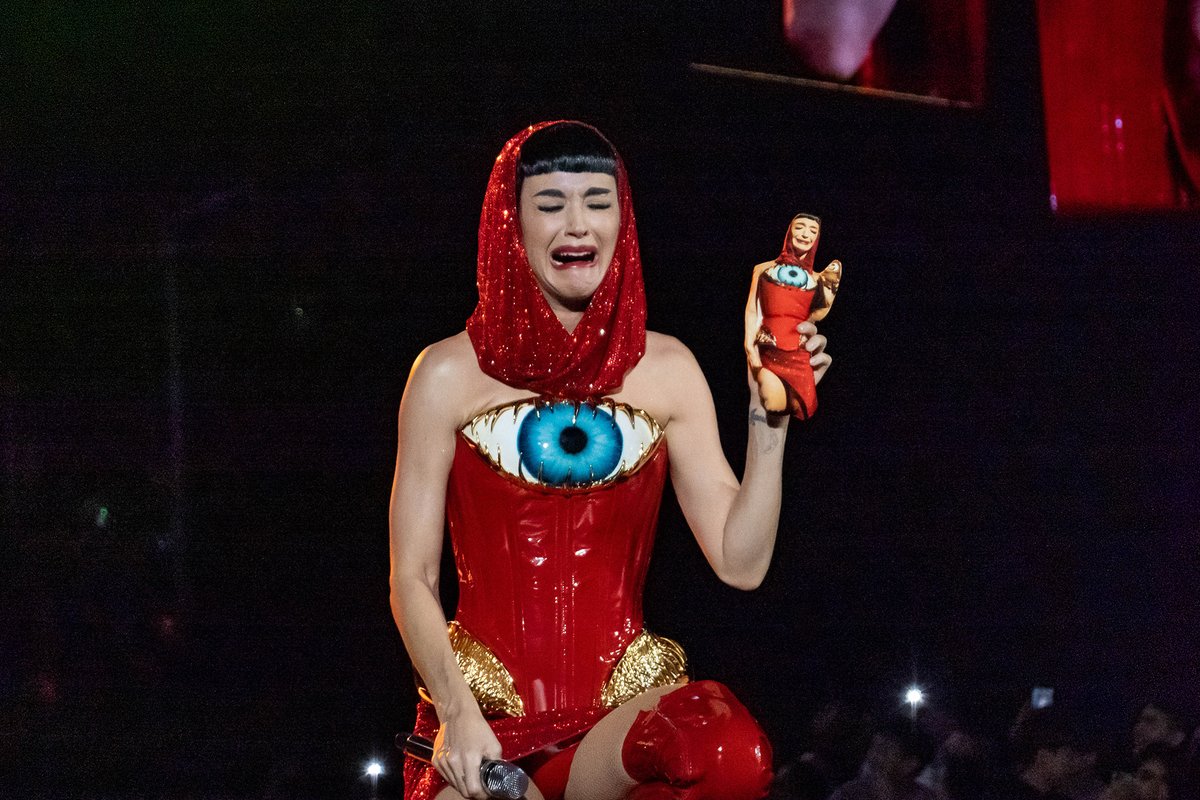Before smartphones and digital billboards, advertising found its way into the most unexpected places. In China, one of the most vibrant and overlooked canvases for art and propaganda wasn’t a gallery wall or a grand poster, but the humble matchbox.
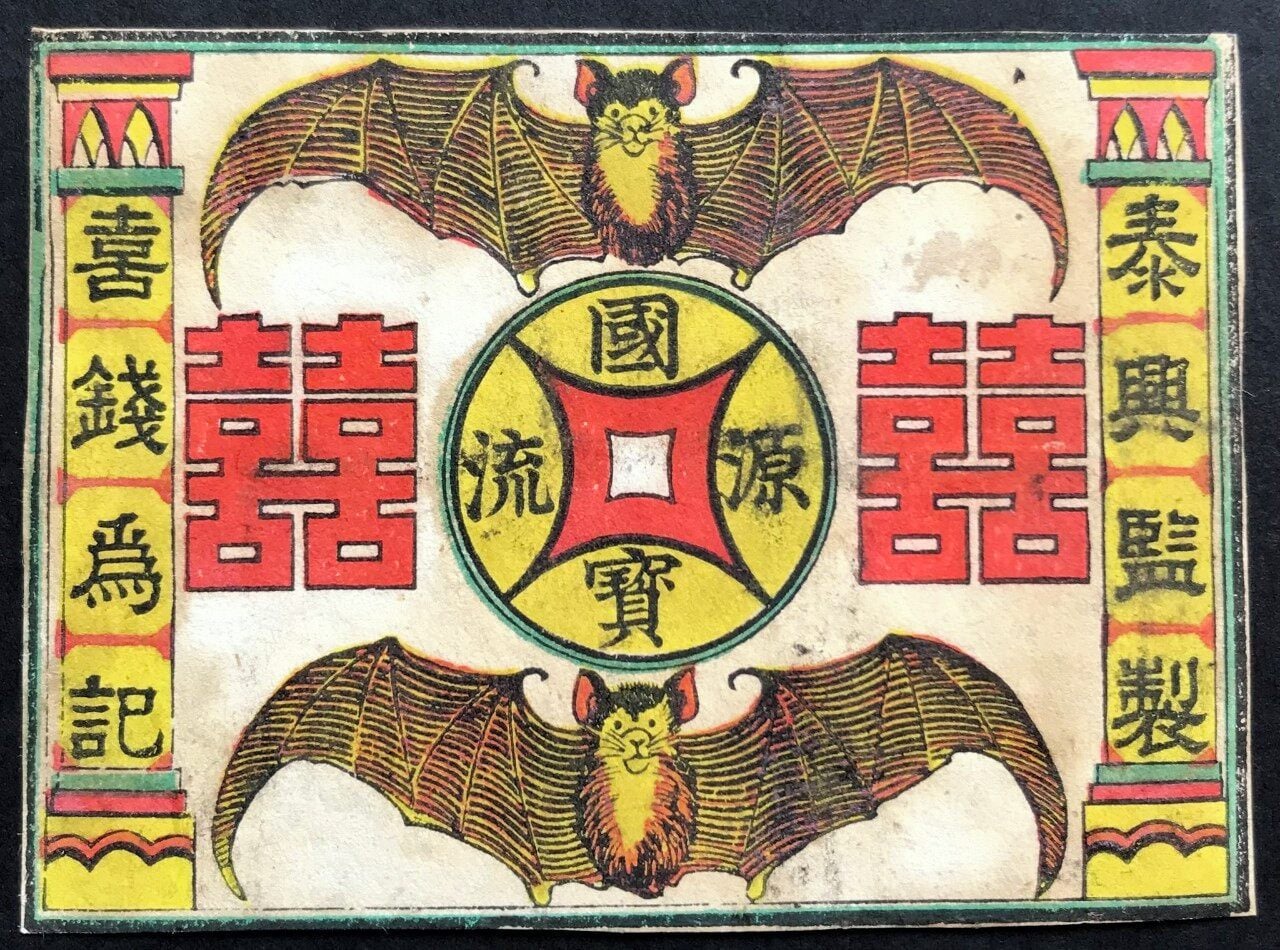
Far from mere utilitarian objects, vintage Chinese matchbox labels evolved into sophisticated miniature artworks, offering a kaleidoscopic peek into a nation’s changing culture, politics, and daily life. For anyone fascinated by the intersection of design, history, and grassroots culture, these “pocket-sized billboards” are a treasure trove.

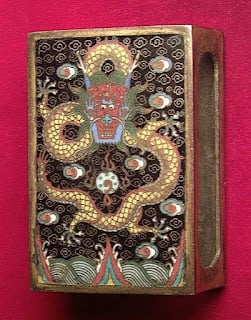
In the early 20th century, Chinese matchbox designs started out much like you’d expect: simple, practical labels focused on basic factory information. Often produced using traditional woodcut or lithographic printing, these early designs borrowed elements from established advertising for goods like sake or soy sauce. They were functional, identifying brands, but held back on grand artistic ambitions.
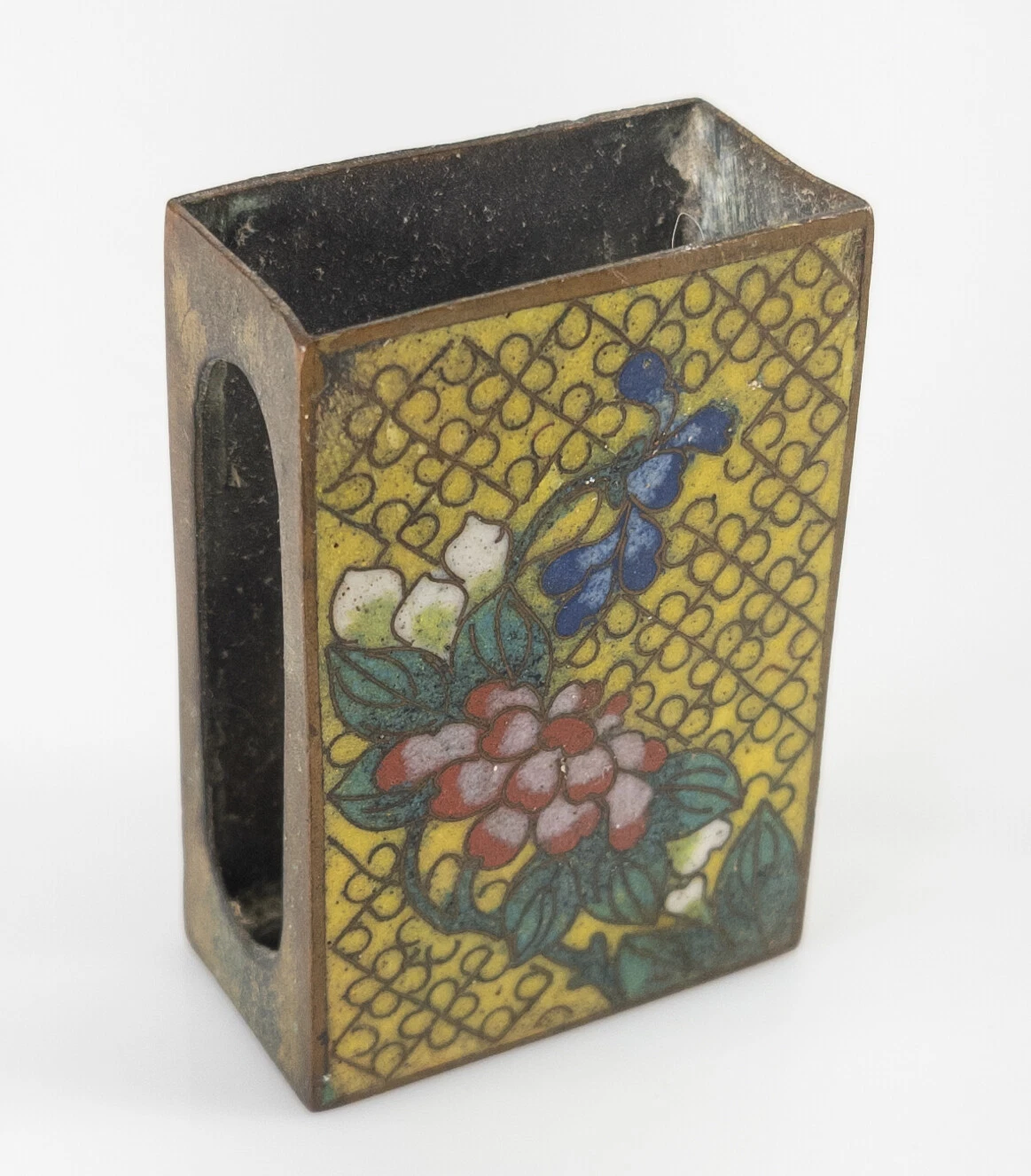
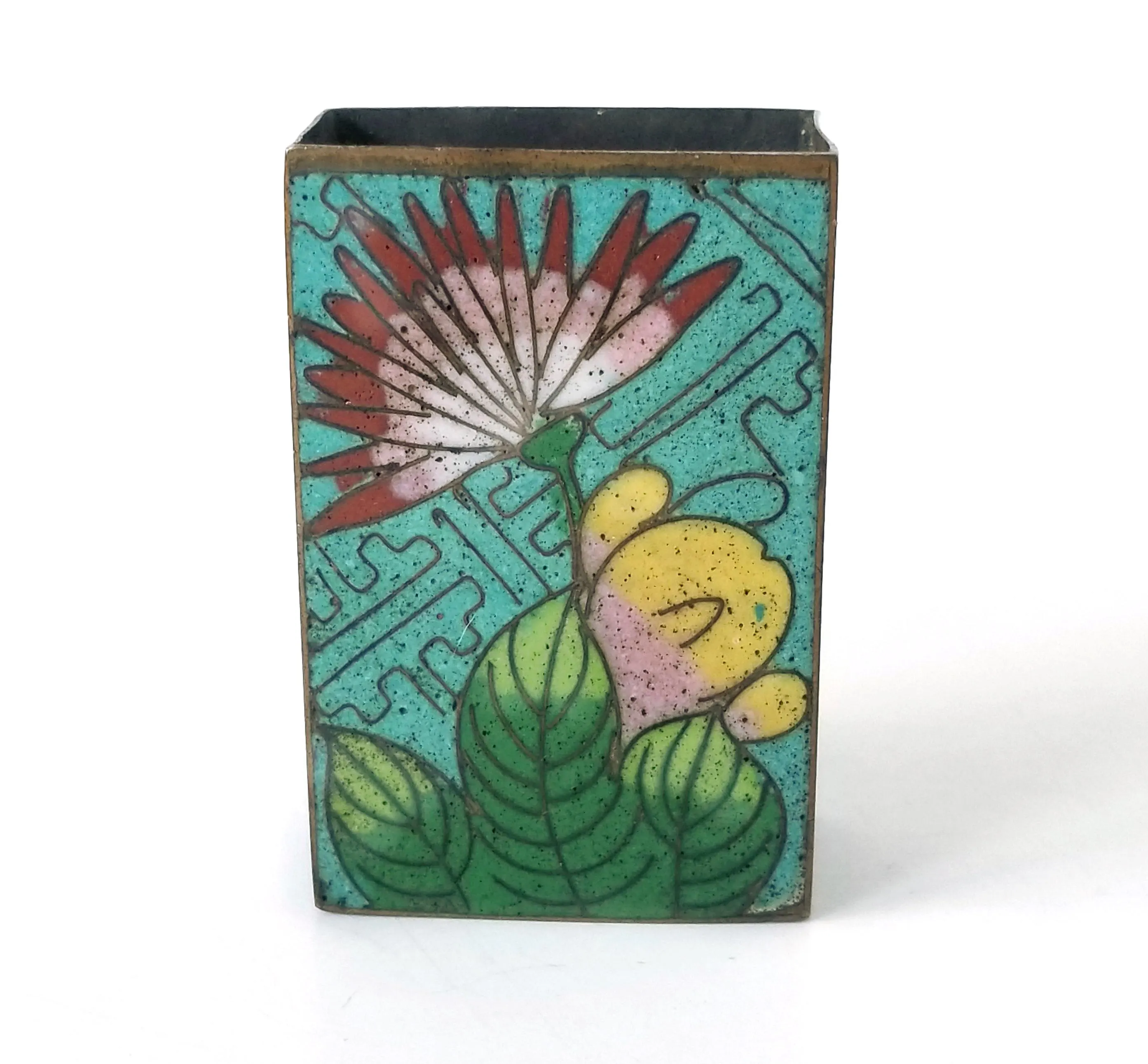
However, the mid-20th century—roughly from the 1940s to the 1980s—marked a “golden run” for Chinese matchbox art. This era saw an explosion of creativity, transforming these tiny boxes into vibrant micro-canvases. Suddenly, they weren’t just about lighting a fire; they were powerful tools for communication. Labels boldly featured images of revolutionary figures, Chairman Mao, and slogans promoting social and political movements.
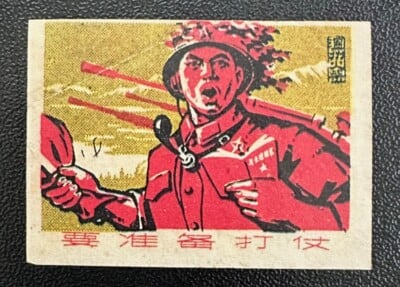

Beyond propaganda, they also beautifully depicted scenes from daily life – bustling markets, serene landscapes, and cultural touchstones like Mahjong. The graphic styles became bolder, characterized by thick outlines and bright, contrasting colors, designed to grab attention in an instant.
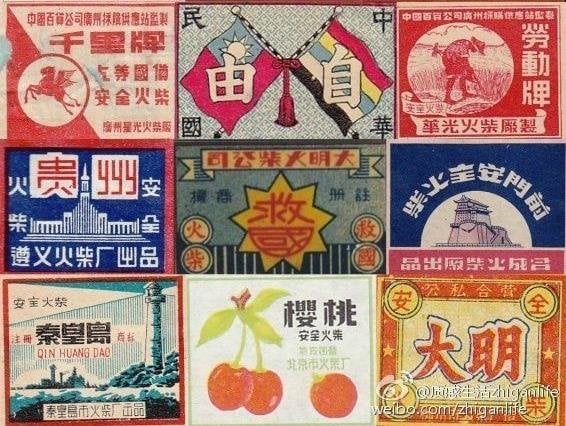
As China stepped into the post-1980s era of economic modernization, matchbox designs began to reflect growing consumerism and international trends, though many classic styles persisted. Today, these vintage labels, whether from the functional early days or the graphically rich mid-century, are highly sought-after collector’s items. They also serve as tangible pieces of social history, celebrated for their unique graphic design and their ability to capture the zeitgeist of bygone eras.

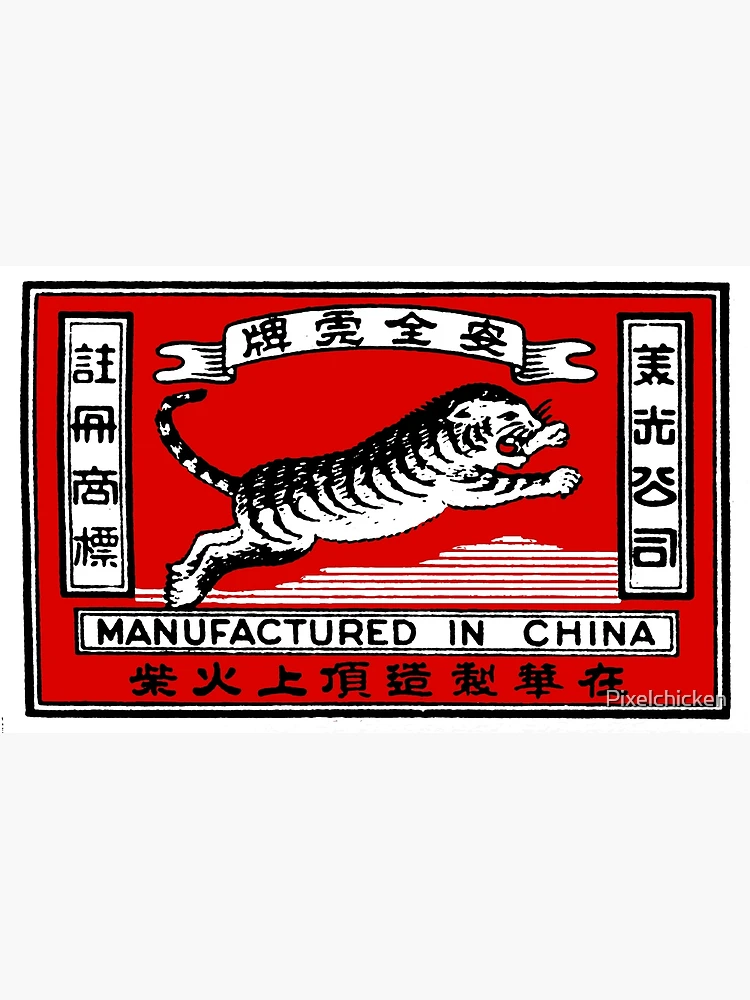
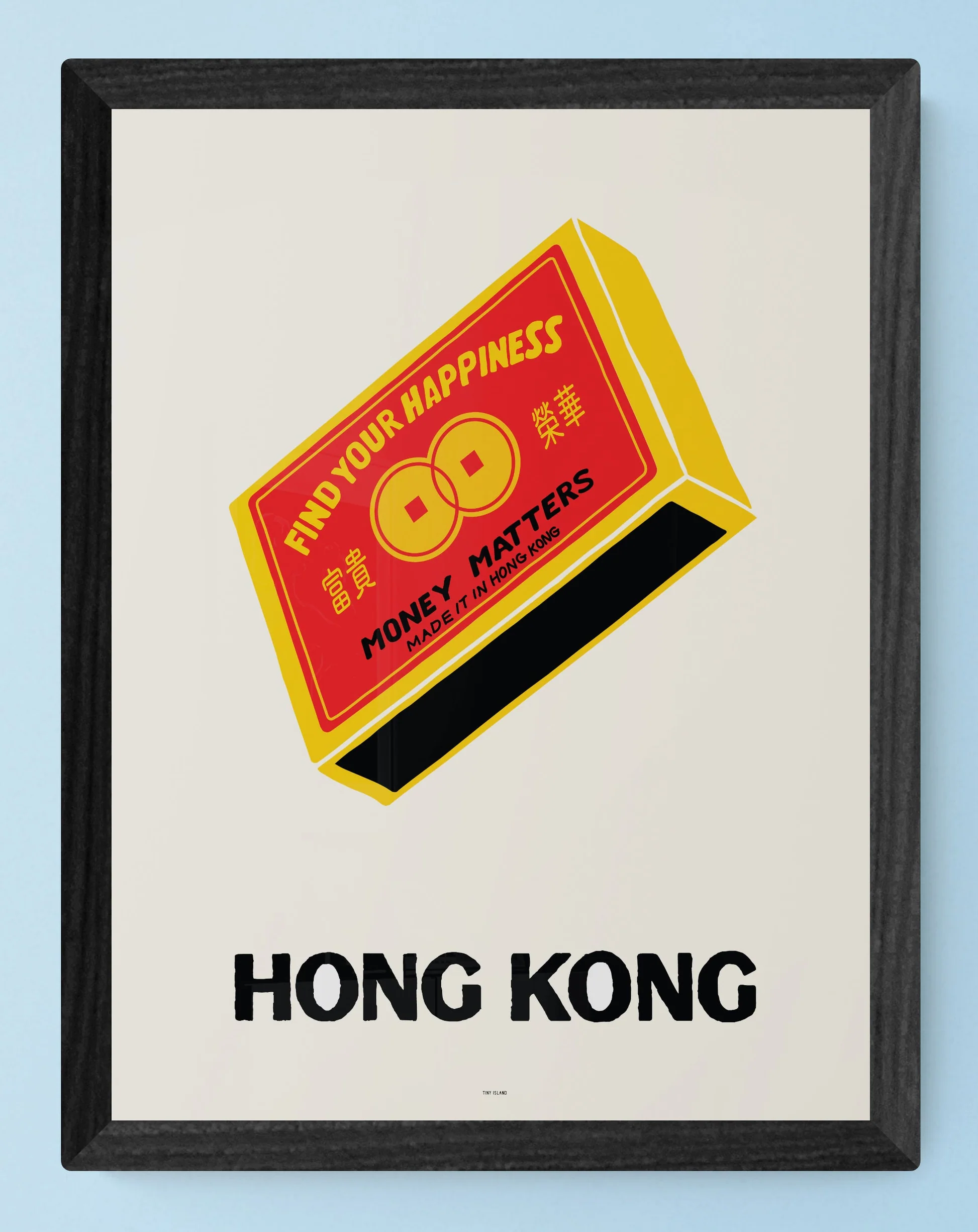
Next time you encounter an old matchbox, remember that you might just be holding a tiny, intricate piece of art that tells a much larger story.
Cover image via Invaluable.





